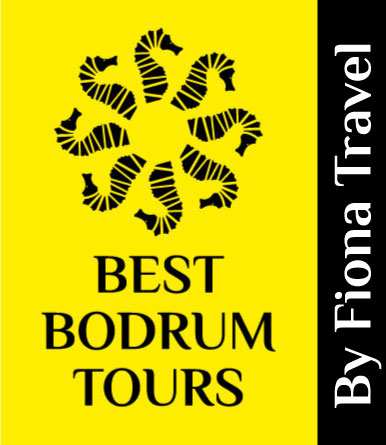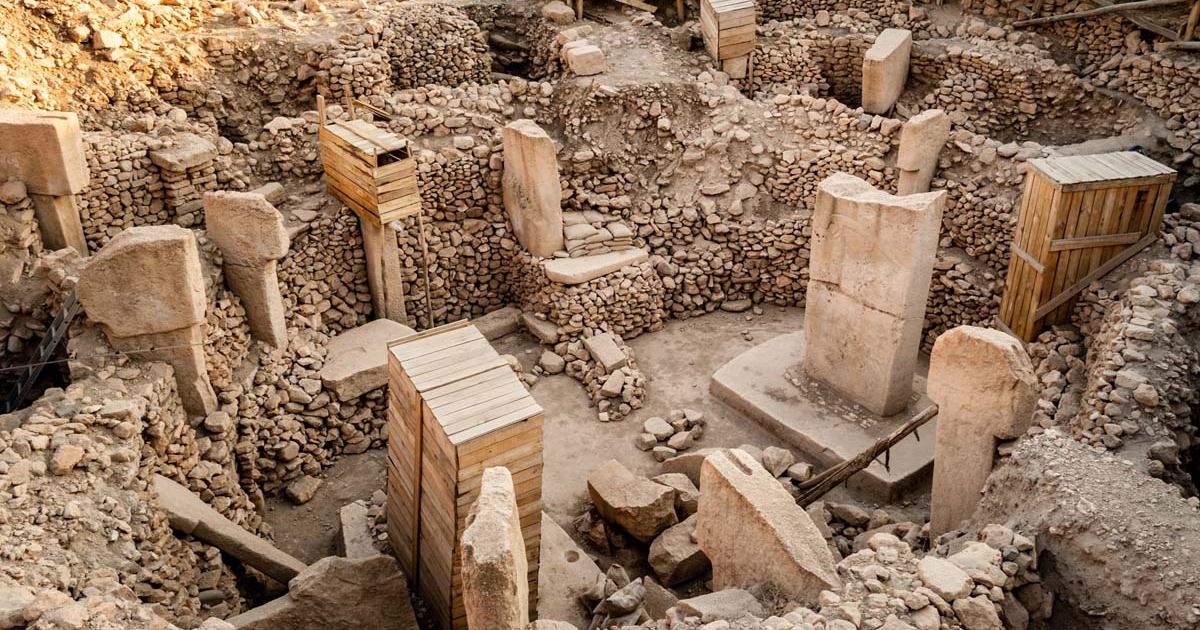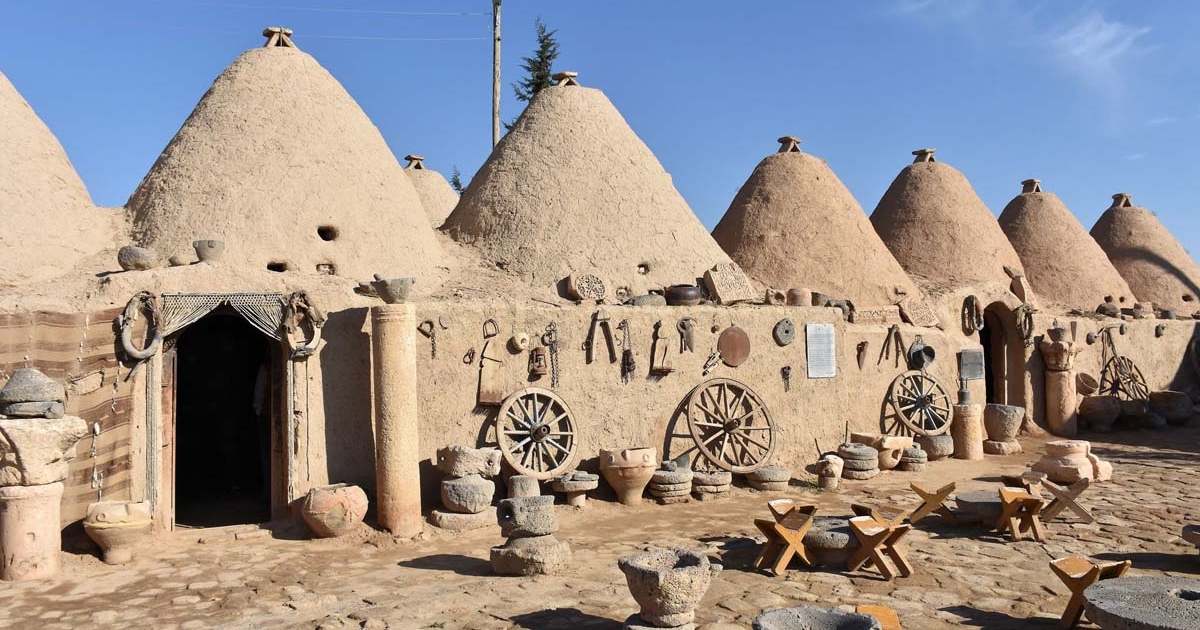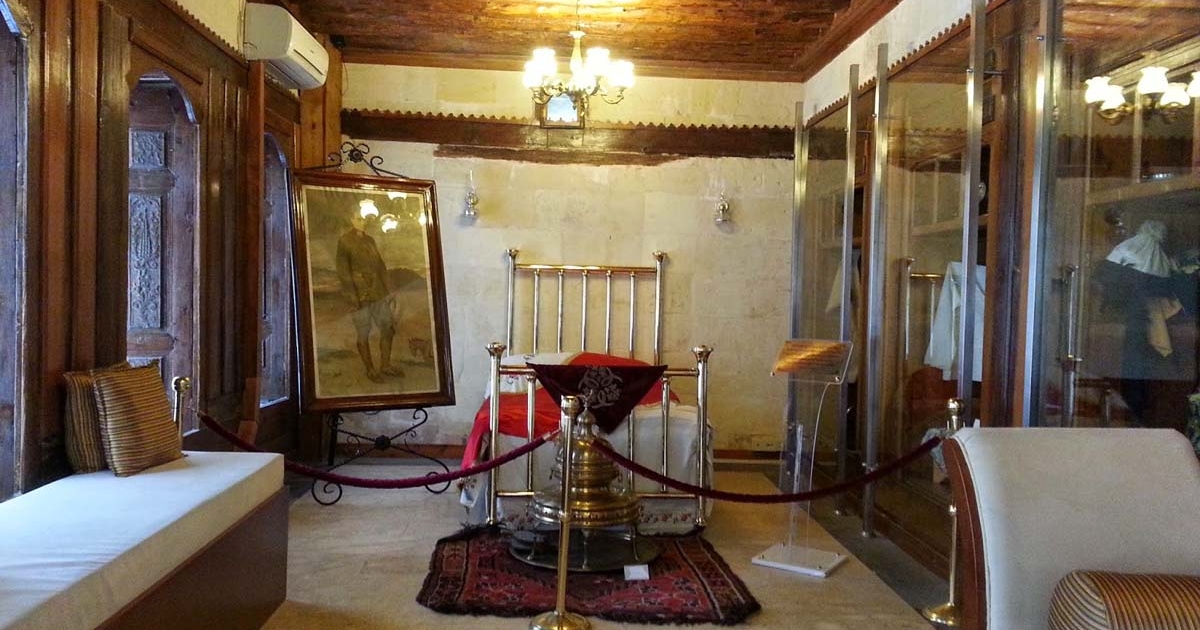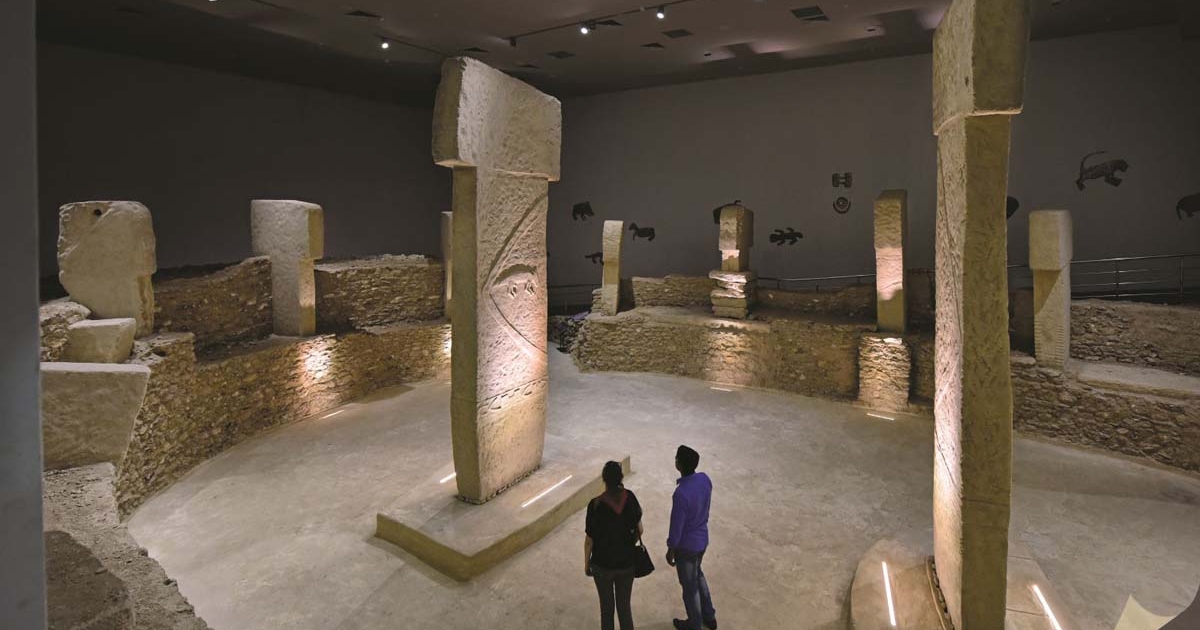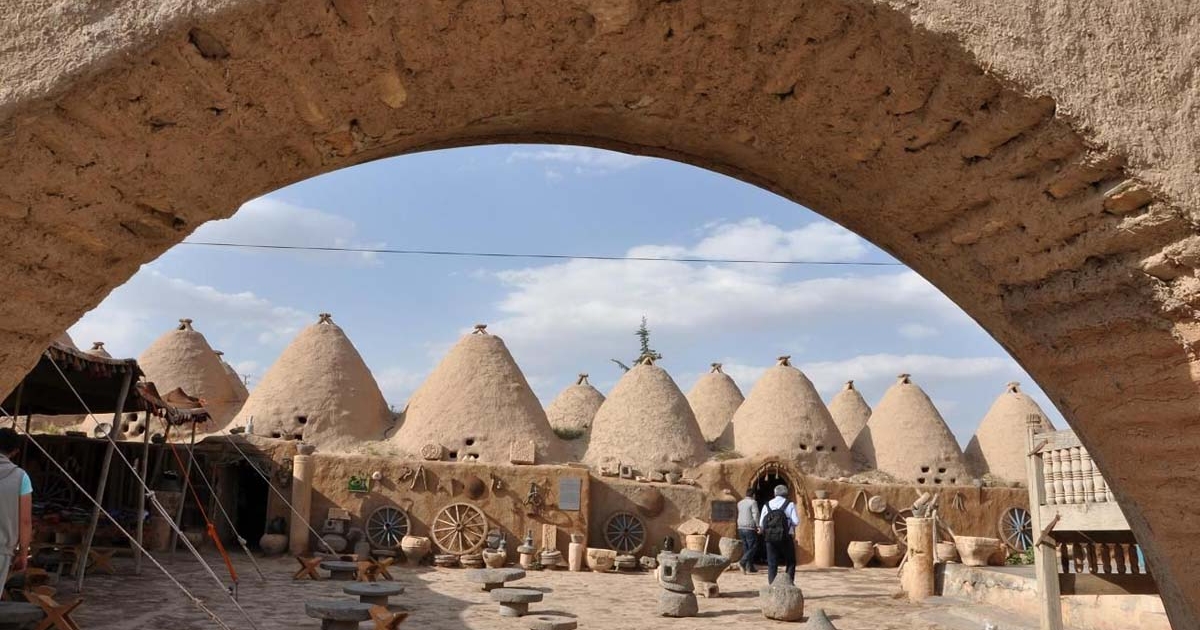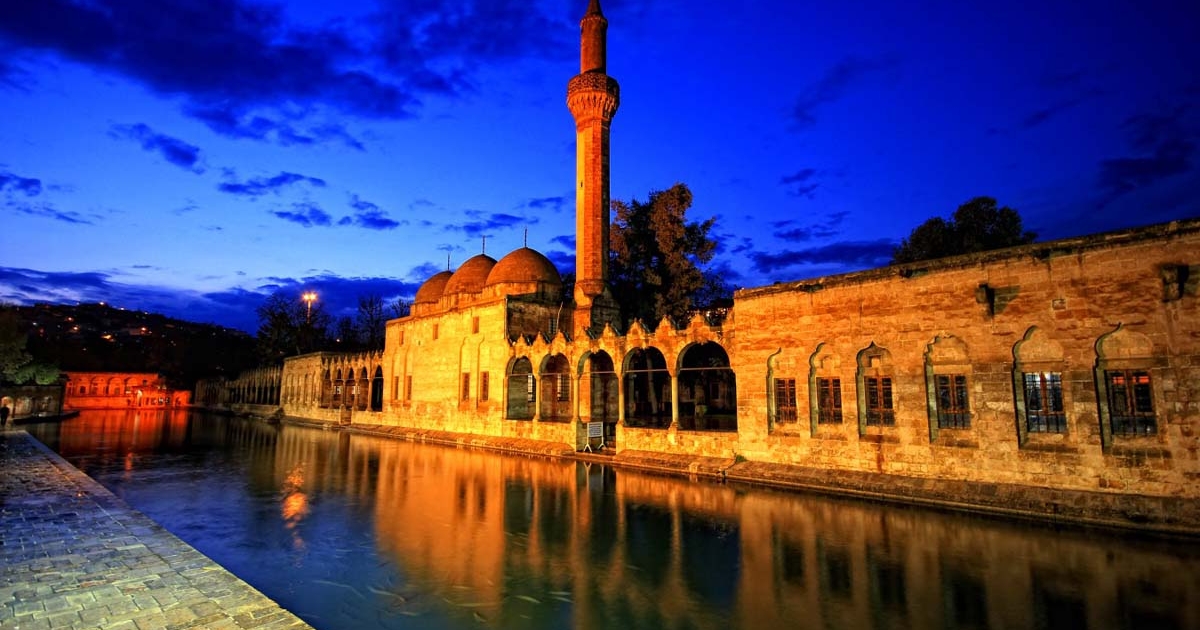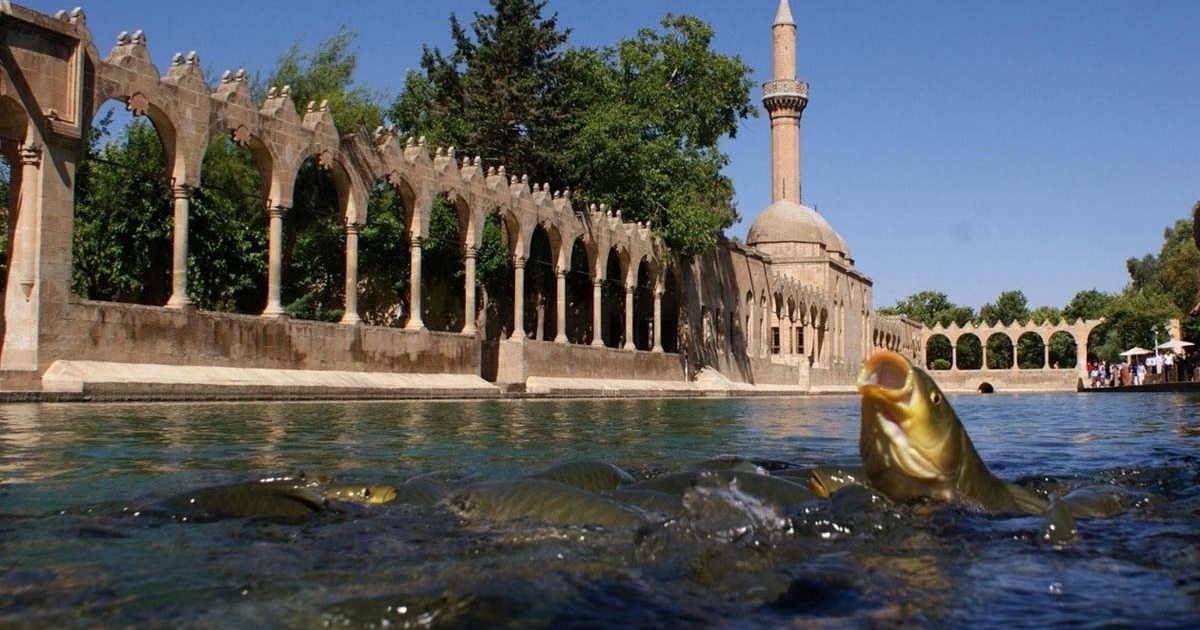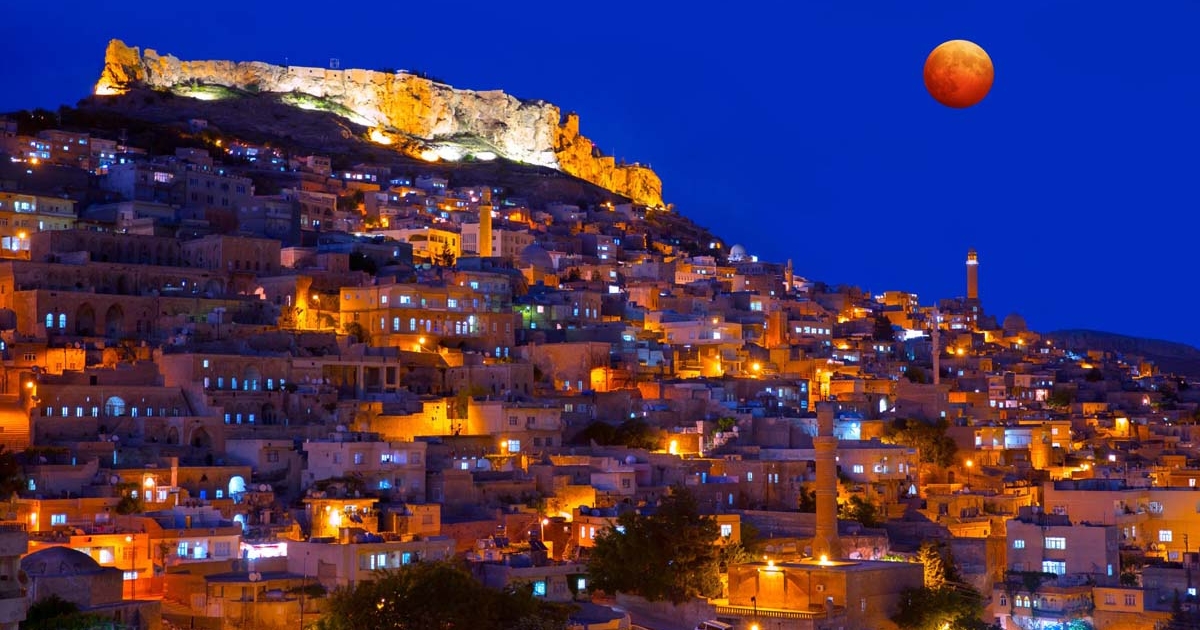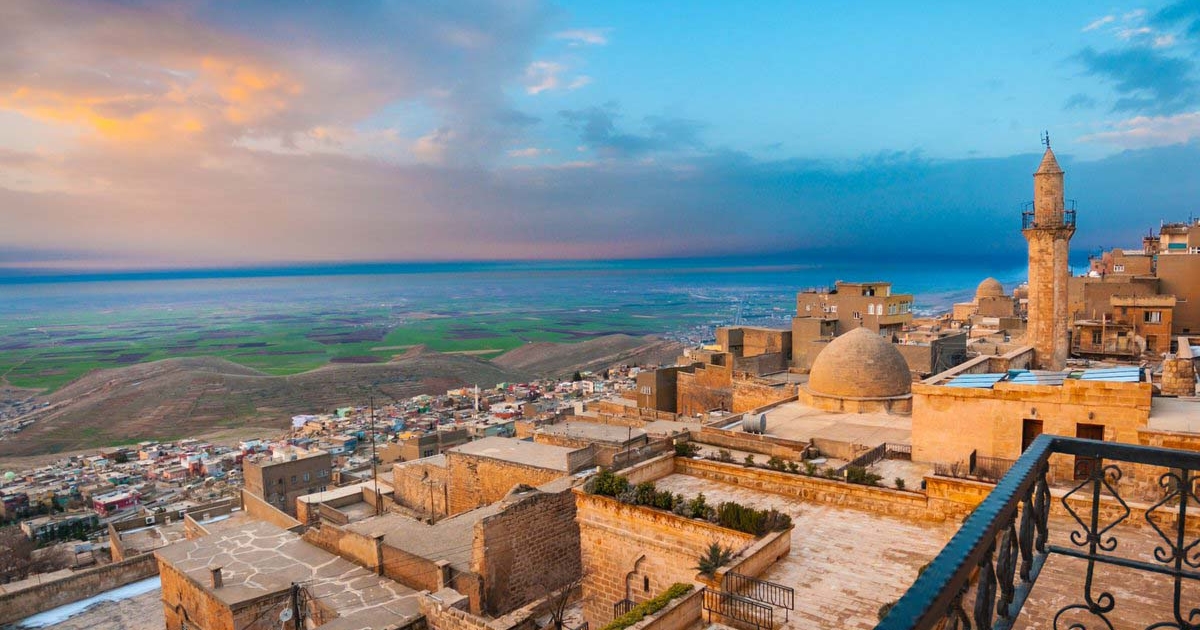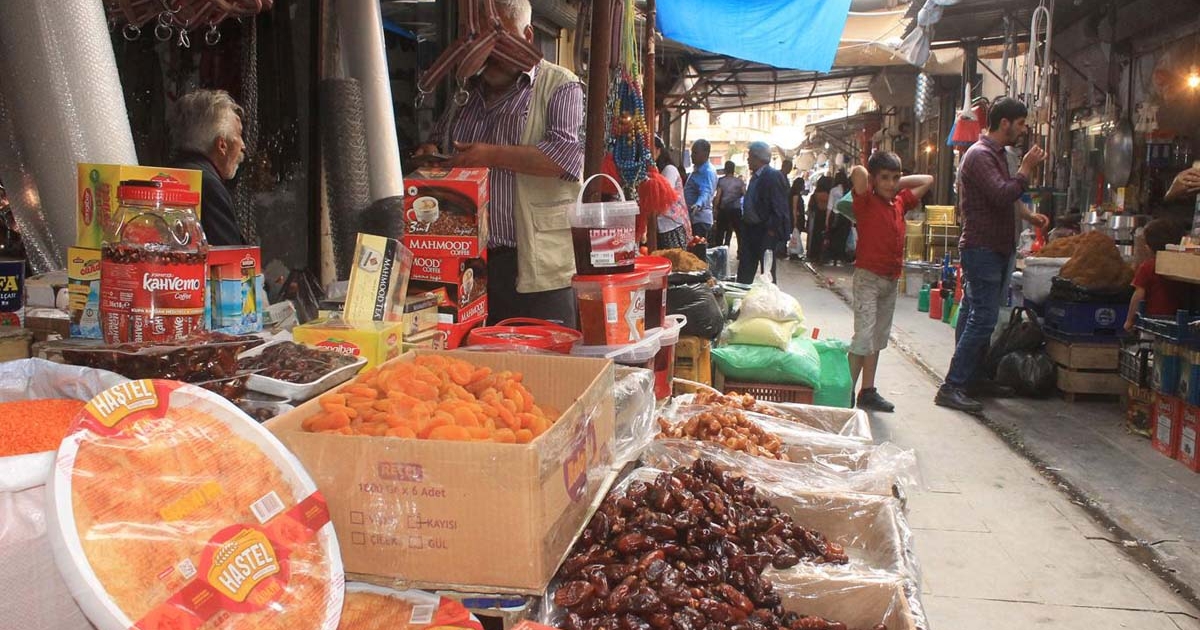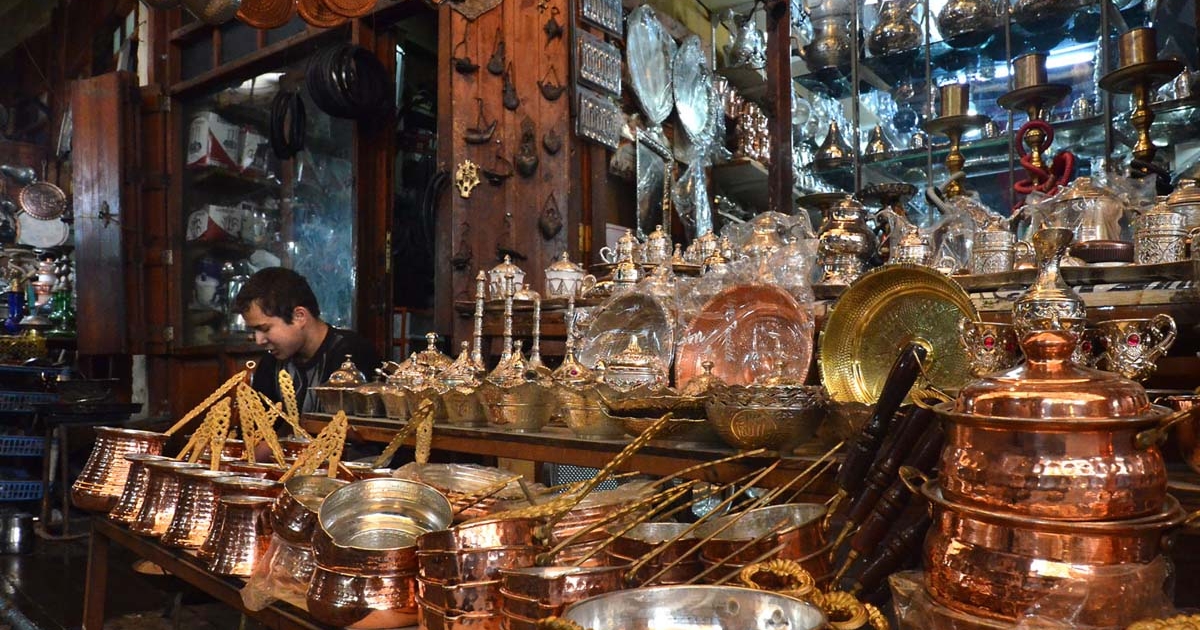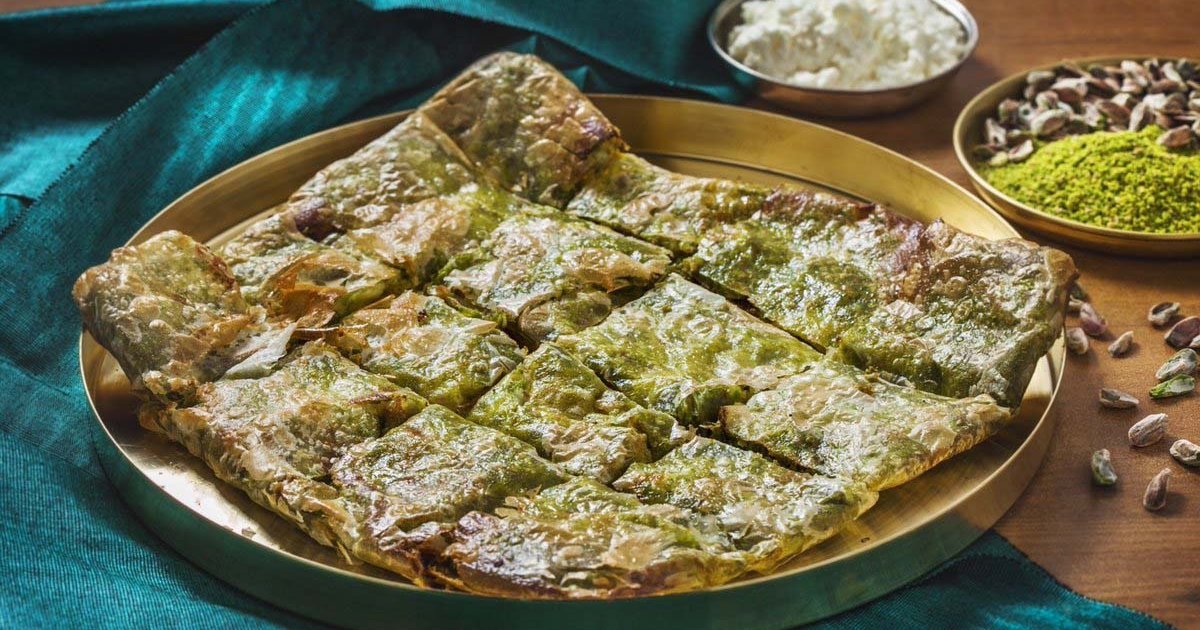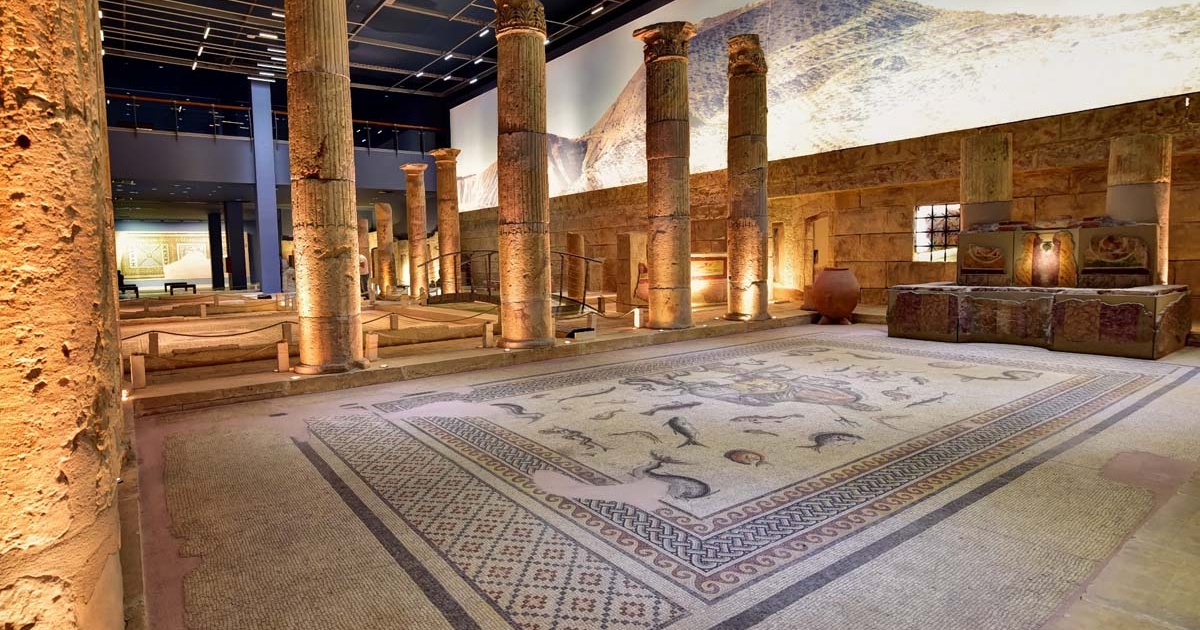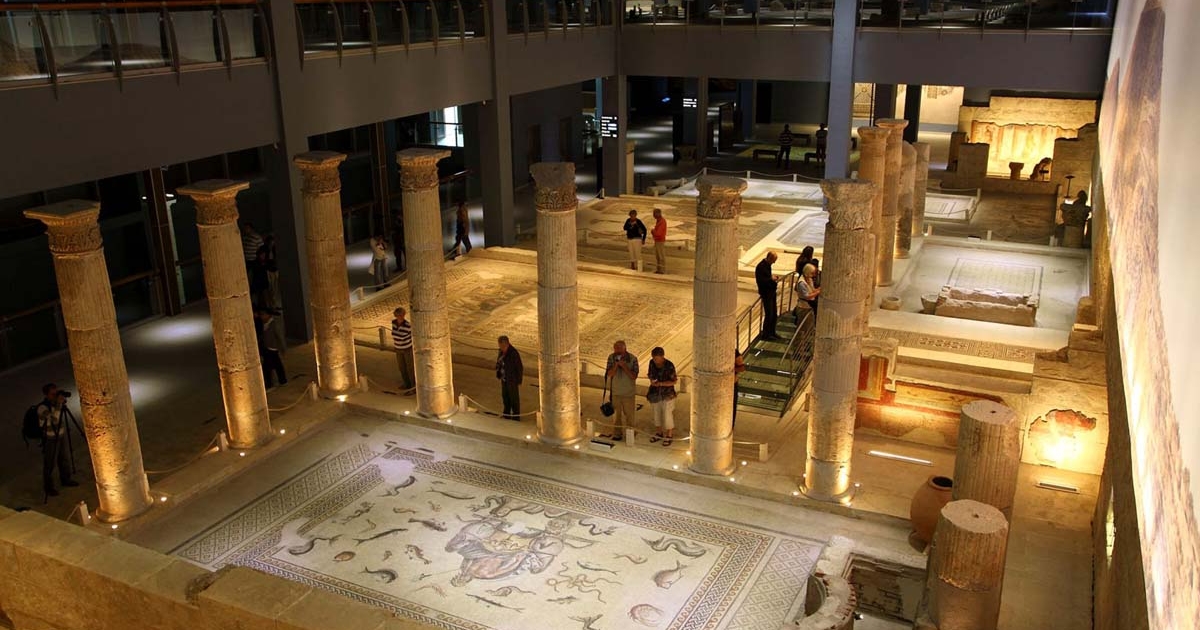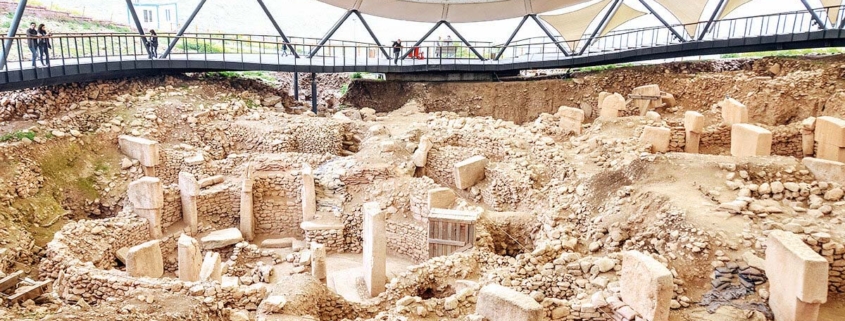Culinary Tours by plane from Bodrum to Mardin Urfa Antep (2 Days)
The Southeast of Anatolia, where different faiths and cultures have mixed over time, waits for you to discover.
ITINERARY OF THE TOUR
Early morning, you will be picked up from your hotel in Bodrum, transfer to İzmir airport, and flight to Mardin. Upon arrival at Mardin Airport, our team will welcome you at the exit gate inside the terminal where you will see our team holding a sign which is your name on it.
Day 1: Mardin
Mārdīn, an enchanting city in southeastern Turkey known for Artuqid architecture.
First of all, we will visit the Monastery of Deyr-az-Zaferan just outside of town, constructed in 762 A.D. It was the seat of the Syrian Orthodox Patriarch for almost 800 years.
After Monastery you are going to have perfect lunch accompanied by a spectacular view of the Mesopotamia plain in the old city.
Mardin has some magnificent shopping options; locally made copperware, silver filigree, soaps, wine, candy, dried fruits, fresh yoğurt, are the best to buy. Look out for the Shahmeran, the queen of snakes, a local legend and symbol of female wisdom, who appears on everything from earrings to mirrors to bags.
We will stroll along narrow labyrinthine streets and visit Zinciriye Medresesi ((theological college) was founded in 1385 by Isa Bey.), Kasımiye Medresesi, Forty Martyrs Church(This 4th-century church still holds services every Sunday), Mardin Museum, Ulu cami with its unique stone carvings minarets, Mardin Bazaar and dating from Roman era Mardin Castle. After the castle, we will check in to our hotel in Mardin overnight.
What to eat in the Mardin?
Mardin was on the Silk Road stops in Upper Mesopotamia and one of the empires’ favorite cities and Mardin was home to home to traces and traditions of civilizations through thousands of years.
Turks, Kurds, Armenians, and Arabs lived in this area for centuries which was also one of the prominent culture hubs. That’s why the local cuisine in Mardin offers a varied menu with dozens of ingredients and cooking techniques.
Kitel (boiled stuffed meatballs) Arabs, Assyrians, and Kurds cook kitel in different sizes on different religious holidays)
Dried Tomato Salad with Pomegranate
İkbebet (Bulgur Meatballs)
Harire (Milk and Molasses Pudding)
Tripe of Mutton stuffed with rice and liver
Isfire (It is a kind of dessert made with molasses poured on the omelet)
Poat Roasted (Lamb or goat ribs are stuffed with rice, and then the ribs are sewn with a needle and cooked for 3–6 hours)
Senbusek(A type of “lahmacun)
Sumak Şerbeti (Sumac Sherbet)
Süryani Şarabı (Assyrian wine)
Day 2: Urfa
After a traditional delicious breakfast in Mardin we will drive to Urfa.
Urfa is believed to be the birthplace of the prophet Abraham/Ibrahim. The city is called “The City of Prophets” due to the legacy of Abraham, mentioned in all three holy books of the three major monotheistic religions Judaism, Christianity, and Islam.
First of all, we will go directly to Göbeklitepe “The Oldest Temple in the World, ” It is a pre-historic site dating from nearly 12000 years ago and İt has been added to the UNESCO World Heritage List in 2018.
Then we will visit Archaeology and Mosaic Museum. After the museum, we visit Abraham Pool where the brutal King Nimrod threw Abraham into deathly flames. According to the belief, heaven’s gates will open when a white fish is spotted.
Then we are going to visit the Cave of Prophet Abraham, According to legend he was born in this cave where he spent about seven years of his life as protection against the Nimrod because king Nimrod ordered to kill all newborn males children. After Abraham cave transfer to the hotel for an overnight stay
What to eat in the Urfa?
Urfa is nominated as UNESCO’s City of Gastronomy, Urfa has applied to become an officially registered city with its traditional cuisines.
Some of the meals which are identified with Urfa like below:
liver kebab
eggplant kebab (Meat, eggplants, and some other vegetables are put on a skewer and cooked together)
Lahmacun (thin dough baked with a topping of meat, tomato, and herbs)
Lebeni (a kind of cold soup prepared with yogurt)
Çiğ Köfte/Raw meatball (prepared from raw beef or lamb meat, bulgur, tomato or pepper paste, spices)
Mırra (bitter coffee that is local to Urfa. It is prepared after being brewed more than once. The name is derived from the Arabic word “murdan” which means bitter.
Mırra holds an important place in the region’s culture and presentation is a very important part of daily life in Urfa.
Day 3: Gaziantep
After breakfast at your hotel in Urfa we will drive to Gaziantep. First of all, we are şgoing to visit the world’s biggest mosaic museum, Zeugma Mosiac Museum ( mosaics from the Roman and Late Antique period, frescoes, Roman fountains, columns, limestone statues, bronze Mars statue, tomb stelae, sarcophagies, architectural fragments). After museum, we will visit Gaziantep castle which was built during the Hittite period. Our last stop is Coppersmith Bazaar which is the culture route of Gaziantep and we will stroll through narrow streets. We will see Coppersmiths were cleaning, engraving, or selling their stock.
Another amazing thing is Yemeni shoes in Antep bazaars. Yemeni is the original name given to traditional heel-less shoe that has a history of 600 years in Southern Anatolia. First, it is produced in Yemen where it took its name and then moved to Aleppo, a Syrian city before coming to Anatolia.
Boots which were made in Gaziantep bazaars were dispatched to Hollywood film sets for historical movies like Alexander the Great.
What to eat in the Antep?
Gaziantep was added to the list in the gastronomy category of UNESCO’s Creative Cities Network in 2015. Gaziantep is one of the most important cities in the world for gastronomy.
You will find below some of the famous dishes examples
Beyran: Traditional Turkish soup originating from Gaziantep. İt’s served for breakfast. It consists of rendered lamb fat that’s topped with rice and cut up lamb meat. Beyran is the subject of discussion of soup or food and it contains lots of garlic and spices.
Ali Nazik Kebap: It is a delicious mixture of grilled smoked eggplant paste mixed with yogurt and topped with lamb stew. İt is served with rice pilaf and grilled vegetables a. It is fantastic food.
Yuvalama(Nesting Soup): It is a yogurt soup with chick, rice, cubed meat, and meatballs. It is made on special days like weddings.
Kahke: it is made from chickpea yeast. it is especially accompanied by coffee
Firik Pilaf: (cracked wheat) Firik is a grain made from young, green wheat.İt is served with lamb.
Simit Kebab: (Bagel kebab) ground (minced) meat and bulgur kebab
Katmer: Antep is the center of pistachio and pistachio heaven. You can see Pistachio in many dishes of Gaziantep cuisine. Katmer is prepared with dough, cream, peanut, and pistachio.
Baklava: It is a pastry made of layers of dough filled with chopped walnuts or pistachios and sweetened with syrup or honey. You can eat the best baklava in Gaziantep. There are more than 500 baklava bakeries in Gaziantep, it is not to be missed, especially during the pistachio harvest. Baklava is one of the best and valuable gifts that can be taken home.
After the bazaar tour, our excursion will come to the end. According to your flight time, we will transfer you to the Gaziantep airport. Approximately after 1-hour flight, you will be in İzmir. Our Team will be waiting for you at the İzmir Aİrport for your Bodrum Transfer. İt takes from İzmir to Bodrum nearly takes 2 and half hours.
Prices include:
- Transfer fee
- Guide Services
- Lunch and admissions
Prices Exclude:
- Flight Tickets
Recommended items that customers should have:
- Hat, comfortable footwear, swimsuit, towel, sun cream
- Camera
- Money for extra payments
- Suitable clothes ( shorts, t-shirt )
Please write us with preferred date of travel and number of passengers. Prices subject to date of travel and number of passengers.
